During my hearty banter on Twitter (now called X) a few months ago, a fellow tweep (or “Xeep,” if you like) said they don’t know the difference between tatase and sombo, two common species of chili pepper in Nigeria. I found it hilarious!
You don't know what tatase is. I'm not surprised 🤣🤣
— NA (@TheNathaneal) May 8, 2023
Peppers go into almost every dish in Nigeria. So, ideally, you should know them. But that’s quite difficult with peppers because there are multiple varieties with similar physical appearances, making it hard to know the exact type(s) to use for specific foods. That confusion, however, will be put to bed because you’ll learn about the types of pepper in Nigeria and the best foods to use them with.
Types of Nigerian pepper and how to use them
“I’ll show you pepper!” expresses impending spiciness in Nigerian lingo, a fitting tribute to what pepper brings when touched without caution. But there’s more to pepper than purgency that meets the eye (pun intended).
What else do peppers bring? They contain low calories and are sources of vitamins, antioxidants, and fiber. You need all these nutrients, especially if you’re on a weight-loss journey.
Their sizes may not define them, but their colors have a say. Typically, red means mature or ripe. Green, yellow, orange, and brown are unripe. Depending on your love for colors and the intensity of fragrance you want, unripe peppers are still fit for cooking.
Now, let’s run through the common types of pepper in Nigeria.
1. Bell pepper (sweet pepper)
True to its name, it’s bell-shaped. Some species in the Nigerian market are thin and long, unlike the regular, big, bell-shaped species. Yorubas call them tatase.
Bell peppers aren’t hot and spicy. Instead, they’re “sweet” and mild because they contain high amounts of carbohydrates (glucose and fructose), water, and fiber (That’s why you can eat them raw). Additionally, they’re rich in vitamin C—a half cup of raw red bell pepper provides 106% of the daily recommended vitamin C intake.
Sweet peppers come in different shades of color, depending on their maturity stage. It’s green when immature and has a slightly bitter flavor. It has its sweetest flavor when red, while the yellow variety is moderately sweet.
Green, yellow, and red flavors are suitable for stir-fries, fried rice, and salads because of their sweetness and high water content. Red bell peppers are perfect for the following dishes:
- soups
- Nigerian stew (a mix of pepper, tomato, and animal proteins)
- Local spicy stews like ewa agoyin stew (a spicy sauce made for mashed beans) and ayamase stew (a moderately peppery sauce made with palm oil and red bell pepper for ofada rice). Learn how to prepare ayamase stew and ewa agoyin like a pro here.
Preservation tip: Bell peppers are perishable vegetables with a short kitchen life. Wrap them with tissue paper and store them in an airtight ziplock bag to keep them fresh. Keep the bag in the veggie section of your fridge. Ensure you remove dirt and water from the pepper before storage. Still unsure how to do it? Watch how Tspices Kitchen stores bell peppers.
@tspiceskitchen Is this your style? 🥰 #hack #tspiceskitchen
2. Cayenne pepper (sombo)

It’s a long, slim, and moderately hot chili pepper. Locals in Nigeria call it sombo bawa or ata ijosi. It’s a healthy source of vitamins (A, B, and K), carbs, and proteins. It adds spiciness and redness to stews, soups, and dishes like moi-moi.
Shopping tip: The hotness of cayenne peppers rests in their seeds and internal membranes. Remove the seeds and inner skins to reduce the intense heat without losing the flavor.
However, removing seeds without gloves causes burning sensations and stress, especially for bulk purchases. This is why we offer deseeding services when you buy sombo bawa from Pricepally, the online market store for farm-fresh food. We’ll help you remove the seeds before delivery.
Here’s how to select the deseeding extra service on Pricepally.
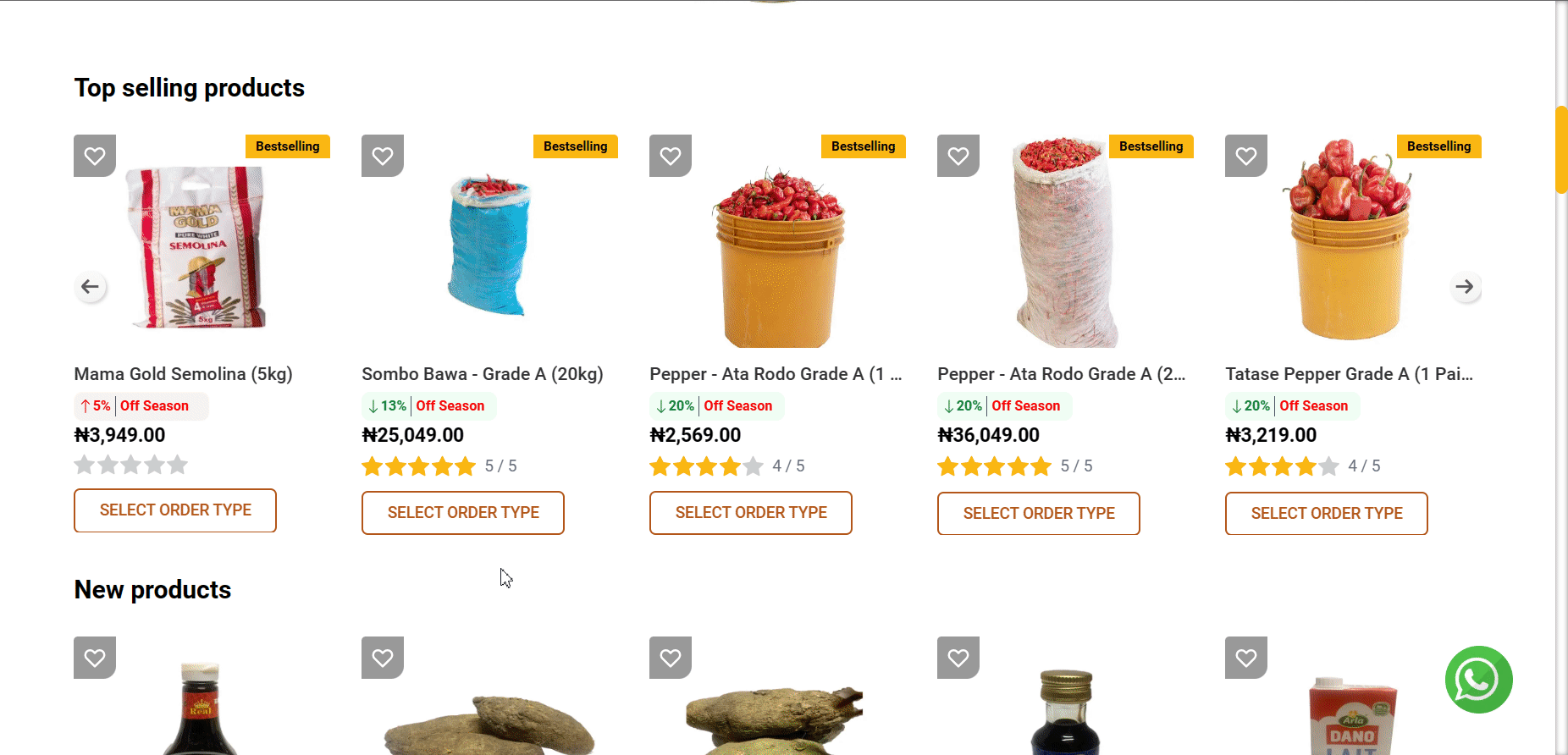
3. Habanero pepper
Habanero peppers are conical or lantern-shaped with a slightly wrinkled surface. The skin is usually thin and glossy. It’s fitting for spicy sauces, stews, and vegetable soups.
Cameroon pepper belongs to the Habanero family and has a slightly woody and floral scent. It’s best used as a spice for marinating chicken or meat stock and pepper soups (a peppery and flavorful broth thickened with vegetables, seafood, or any red meat).

4. Scotch bonnet pepper (ata rodo)
Scotch bonnet peppers look like “small bell peppers,” with a round or slightly squashed shape. Their spiciness is intense. It’s hotter than its closely related cousin in the Capsicum family, the habanero pepper. The red flavor is used for spicy sauces.
Food tip: During open heating grilling, scotch bonnet peppers produce intense spicy fumes, which may cause irritation, coughing, and sneezing. Besides, you risk charring or overcooking them because of their delicate, thin walls during open-heat grilling. As a result, avoid gilling scotch bonnet peppers over open heat. Instead, use an oven or pan roasting method for grilling.
5. Alligator pepper (Grains of paradise)
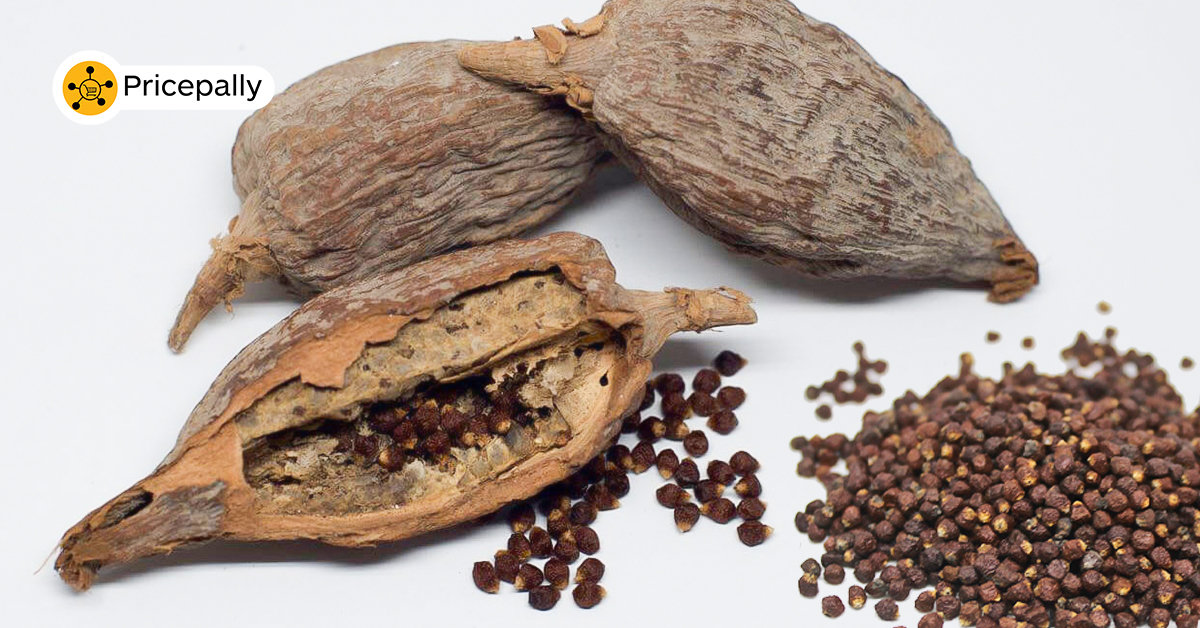
Alligator pepper is a spice with a unique woody, earthy, and citrusy aroma. The seeds come in a grayish-brown, wrinkled, alligator-skin-esque pod. It tastes like a combination of warm spiciness and bitterness. The scent heightens when the seeds are dried and crushed.
Alligator peppers are perfect for pepper soups because they add a floral aroma filled with scents of jasmine, cardamom, and clove. Besides, it gives rice dishes a mix of menthol and eucalyptus fragrances. Moreover, alligator peppers add a flavored pepper aroma to fish and meat before grilling or cooking.
Health tip: Alligator peppers have medicinal benefits. The seeds prevent inflammation, while the long leaves offer measles and gastrointestinal remedies.
6. Black pepper
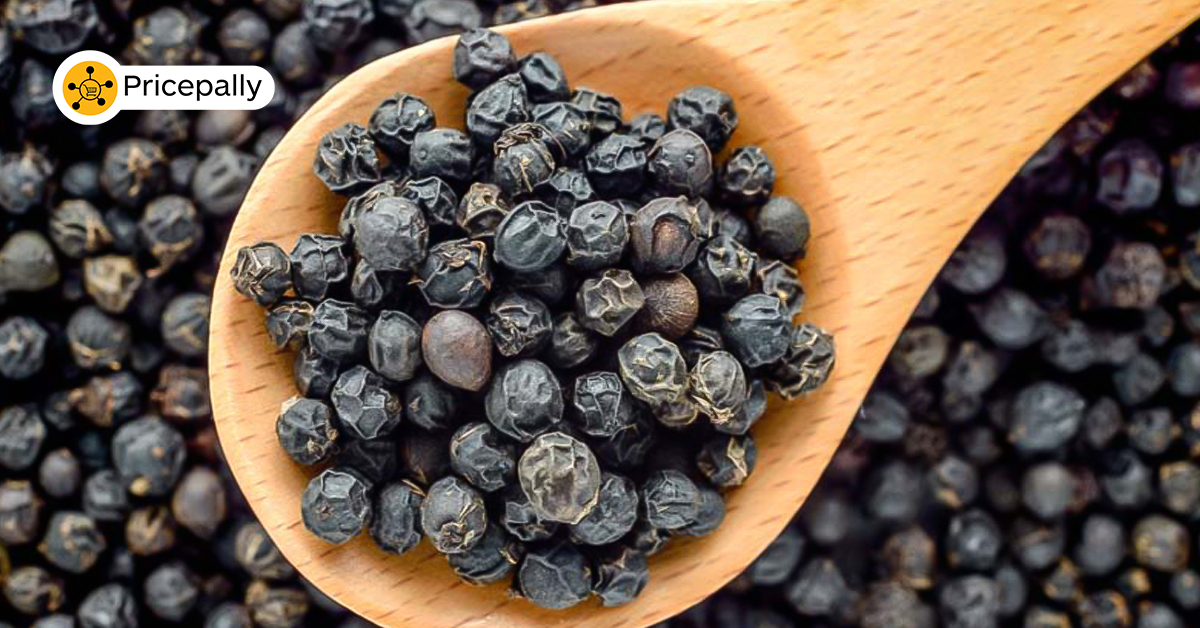
Black pepper comes from the berries of the black pepper plant (Piper nigrum). Its spiciness comes from piperine, not capsaicin, like in the case of cayenne and habanero peppers. It has a hot, sharp, and biting taste. The peppery scent comes with a woody, piney, and citrusy flavor. The scents are more pronounced when you use the seeds.
Its flavor depth and pungence make it the perfect spice for pepper soups, alongside alligator pepper. It adds aromatic scents to traditional soups like egusi and vegetable soup. As a seasoning for meat and omelets, mix alligator pepper with salt.
Besides, black peppers add gentle spiciness and subtle bitterness to baked foods such as breads, cakes, and cookies. Its peppery-bitter flavor reduces excess sweetness in biscuits and baked products.
The pepper also improves health. The active piperine removes unwanted molecules that may cause heart disease and diabetes in the body. Human trials aren’t available yet, but studies show that black pepper and piperine have cancer-fighting abilities.
7. White pepper
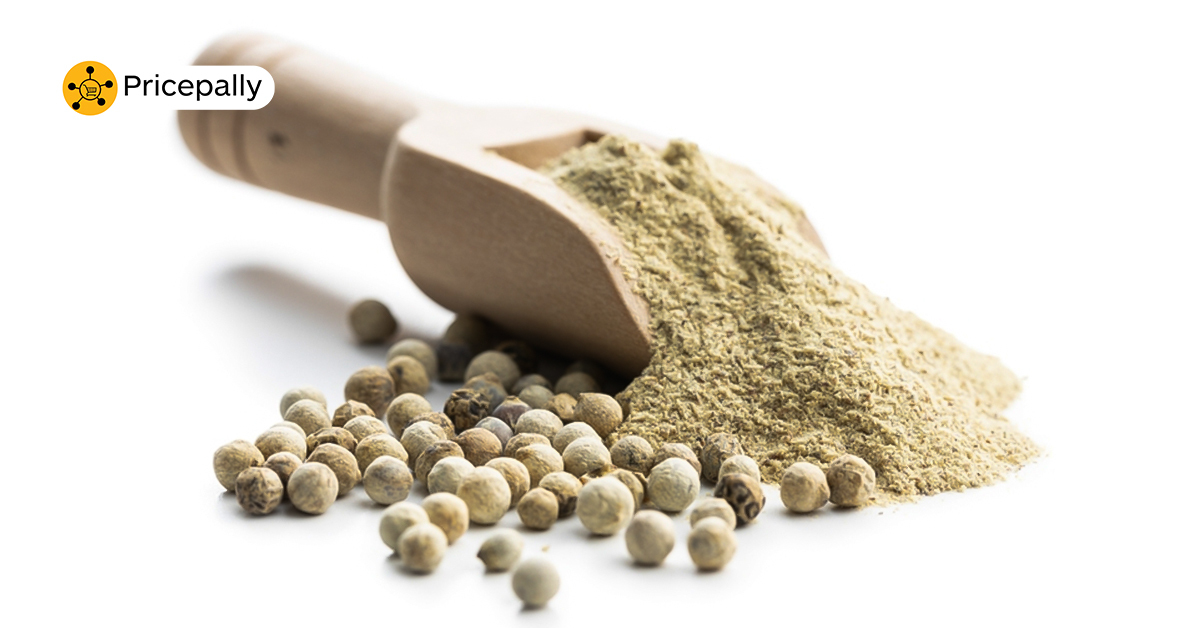
White pepper and black pepper share the same origin. White pepper is made by removing the outer layer of the pepper berry of the Piper nigrum plant before drying. As a result, white pepper has a distinct flavor and a gentle taste that sets it apart from black pepper. It also has an intense earthy taste, a subdued spiciness, and touches of mustiness.
Use white pepper as a spice or seasoning in light-colored sauces, soups, and dishes (e.g., pepper soup and mashed potatoes) where you need a subtle flavor filled with earthiness.
Frequently Asked Questions about Nigerian pepper
What’s the difference between bell pepper (tatase) and cayenne pepper (sombo)?
Tatase and sombo bawa are types of the Capsicum annuum plant, a cultivar of chili pepper harvested for its pungency. Nonetheless, they’re different. Bell peppers are typically large, with thick flesh and bell-like shape. In contrast, cayenne peppers are slim and elongated.
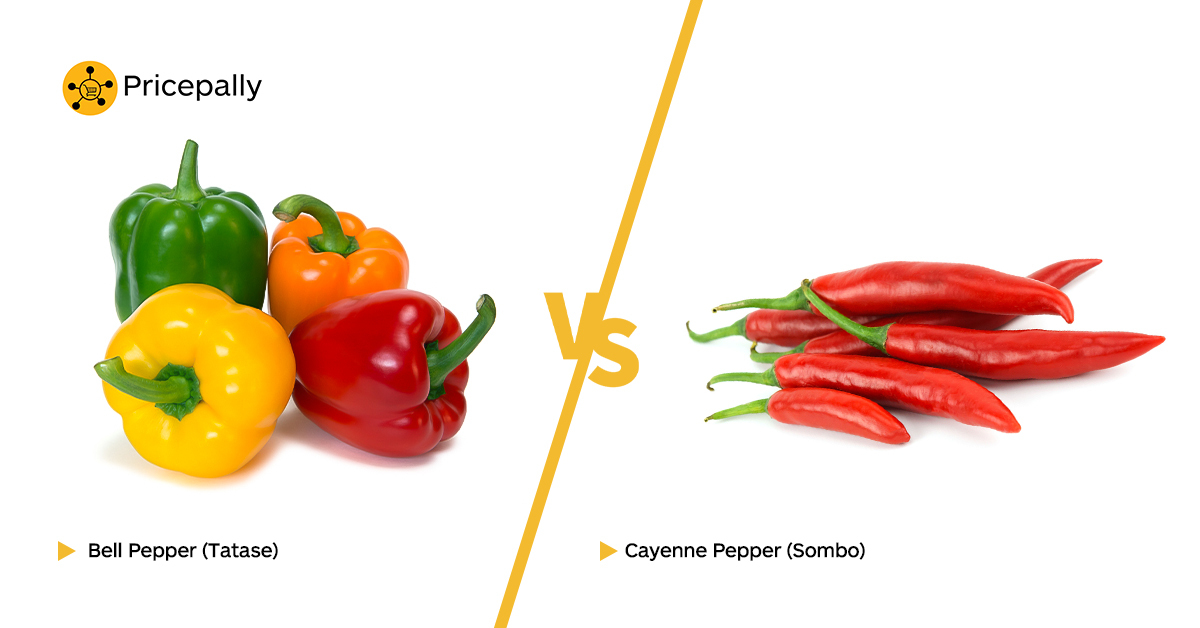
Bell peppers don’t contain capsaicin, the plant that gives peppers their fiery heat. Therefore, its flavor is sweet and mild. In comparison, cayenne peppers contain significant quantities of capsaicin, making them moderately spicy with a strong, pungent taste. Both species are used as spices or seasonings.
Is Habanero pepper the same as scotch bonnet pepper?
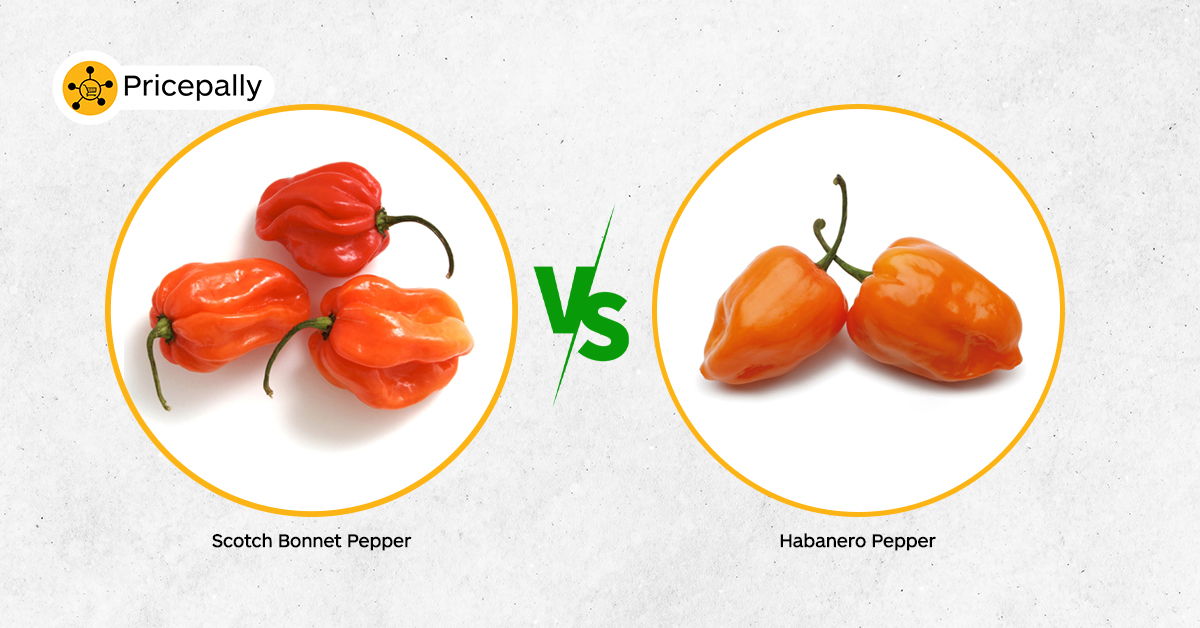 Both peppers are different varieties of the same species (Capsicum chinense) with distinct pod types. As a result, they have similar physical appearances and flavors.
Both peppers are different varieties of the same species (Capsicum chinense) with distinct pod types. As a result, they have similar physical appearances and flavors.
Generally, habaneros have a pendant shape and pointed tip, and they’re slightly larger than scotch bonnets, which are typically rounder with deeper ridges and smoother skin. Both peppers are hot (the Scoville Heat Scale measures their heat levels at 100,000 to 350,000, meaning “very hot”).
What’s the best way to store Nigerian peppers without a refrigerator?
Peppers have a short life span. Use any of the methods below to preserve them without a refrigerator.
- Drying: It prolongs the shelf-life of peppers by removing moisture. Air drying in a ventilated area with good air circulation suits long, thin peppers (e.g., cayenne pepper). The oven or food dehydrator is excellent for drying small peppers like habanero and scotch bonnets.
- Turn them into seasonings: Mix peppers (e.g., alligator and black peppers) with herbs like thyme and rosemary to make a seasoning.
- Vinegar pickling. It preserves spicy peppers like habaneros, cayenne pepper, and scotch bonnet pepper. Here’s how to pickle peppers:
- Remove water and dirt from peppers.
- Sterilize glass jars with warm water and detergent.
- Mix water with vinegar and salt to create a pickling solution. Heat the solution until it simmers.
- Put the peppers inside the sterilized jars and add the hot pickling solution. Seal the jar after letting it cool. Store it in a cool, dark place.
What’s the best way to store peppers?
Storing peppers in the vegetable section of the refrigerator is the best way to preserve their freshness. Clean the peppers and store them in an airtight ziplock bag before storage. This preservation method works for sweet peppers, habaneros, and cayenne peppers.





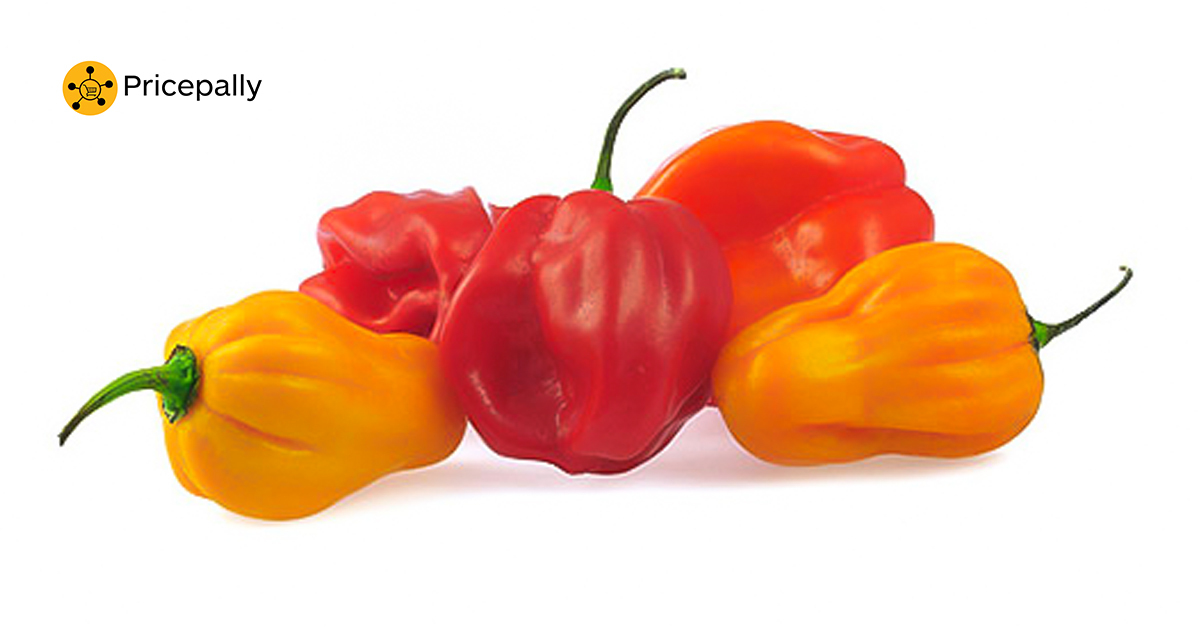

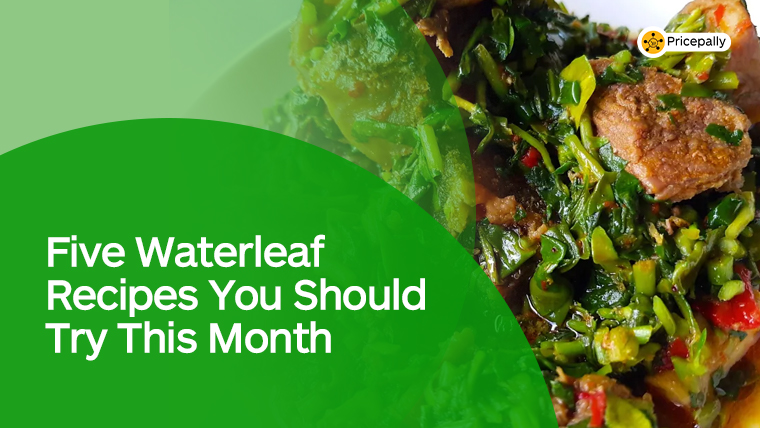



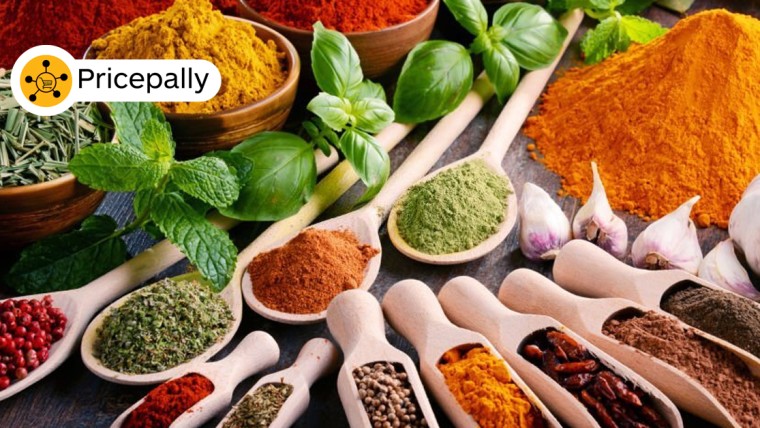

How Pricepally is reinventing Bulk buying Fresh-farm foods in Nigeria.
PRICEPALLY FOOD PRICE INDEX
WORLD EARTH DAY 2021
Will Standardized Food measurement become widely adopted in Nigeria?
What’s The Rave About Smoked Fish?
PricePally Partners with Trade Lenda to Provide Easier Access to Loans for Farmers and Suppliers
PricePally and Stanbic IBTC Partner to Make Grocery Shopping More Affordable with Buy Now, Pay Later
Easy Homemade Smoothies for Nourished Health